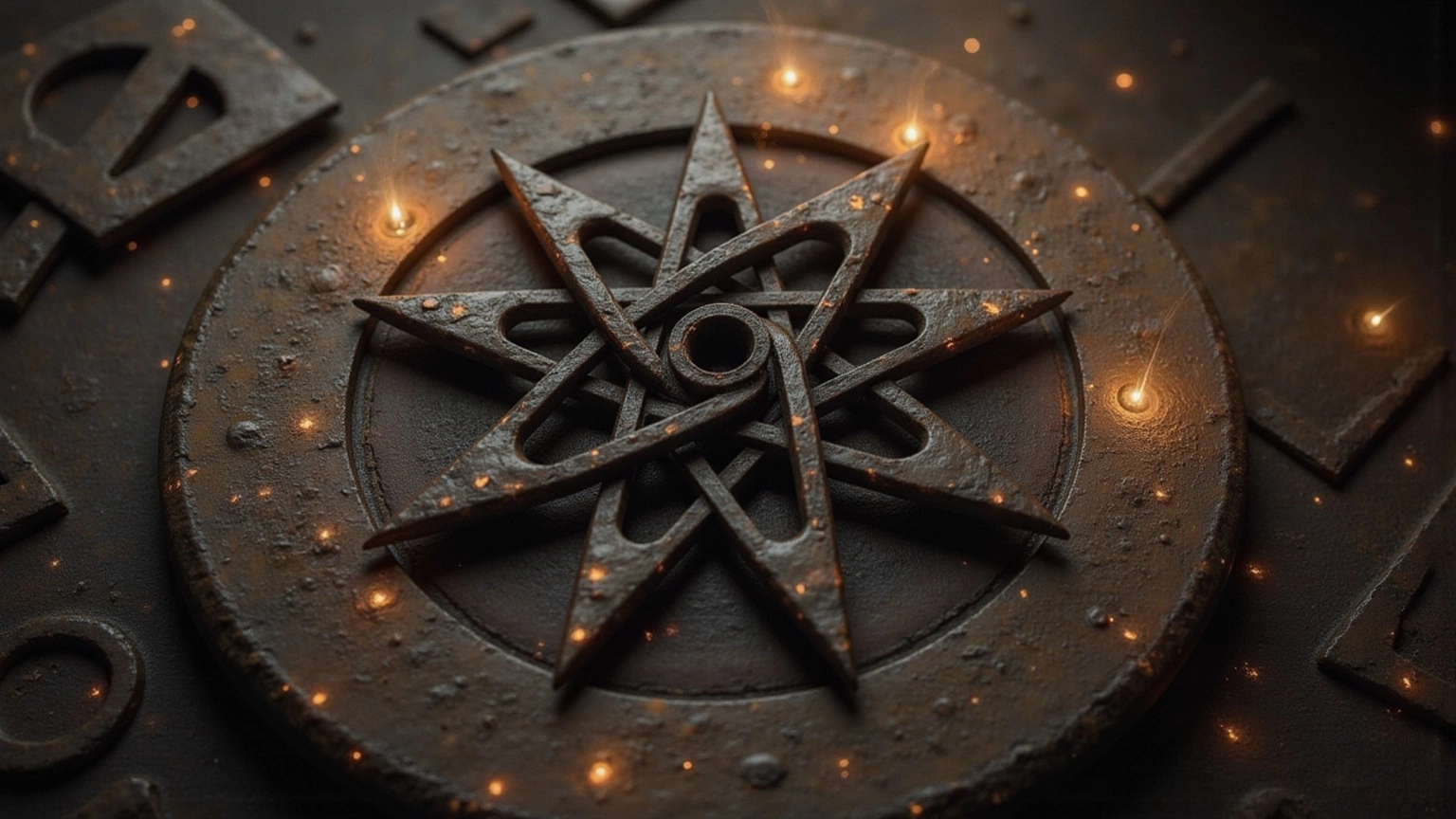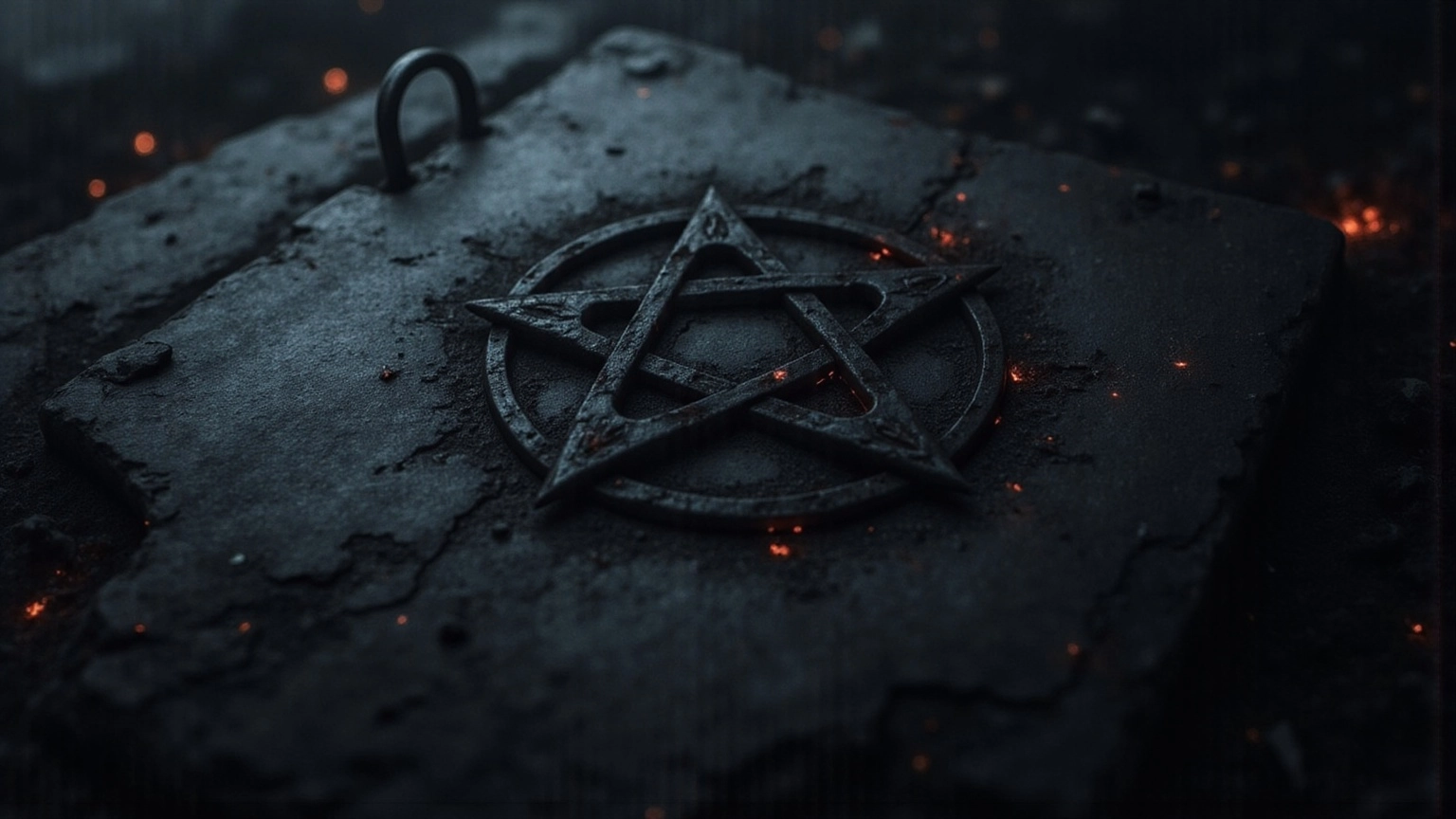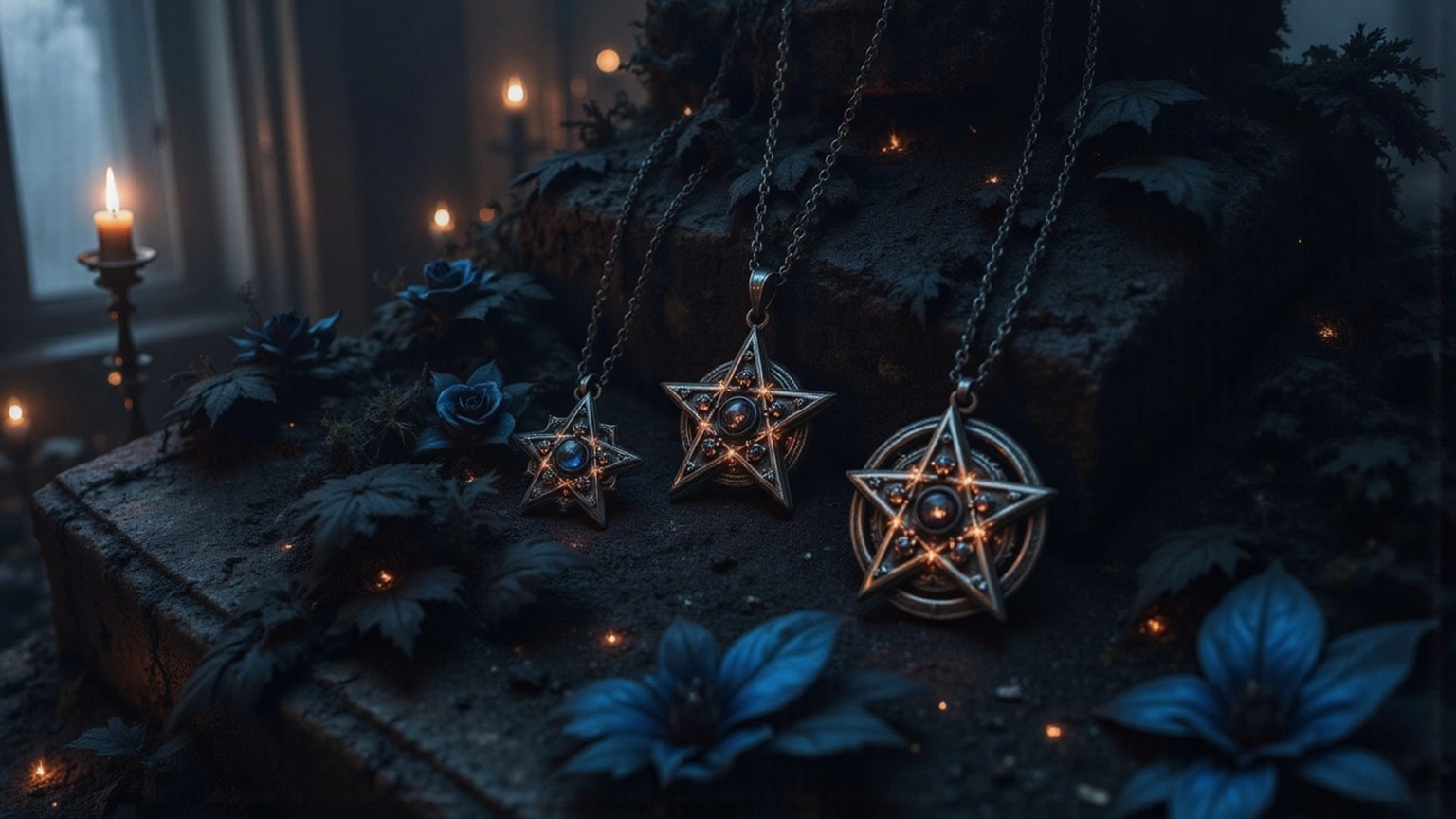
5 Point Star with Circle Around It Meaning Explained
Share
Overview
The five-point star encircled—what does it whisper to you? A rich tapestry of meanings unfolds: spirituality, protection, cosmic balance. Its roots dig deep into ancient civilizations like the Sumerians and Babylonians. This isn't just history; it’s a pulse that beats through time.
Cultural interpretations abound, from the mystical realms of Wiccan practices to the solemn echoes of Christian symbolism. But wait—modern misconceptions lurk in the shadows, threatening to distort its essence. Yet, here it is, rising anew in contemporary art and jewelry, a testament to its enduring relevance.
This star is more than a symbol; it’s a multifaceted gem reflecting our deepest desires and fears. Are you ready to dive into its depths? Explore the layers, challenge your perceptions, and let the journey ignite your imagination.
Introduction
The five-pointed star, often encircled, whispers tales from the shadows of ancient civilizations. It was more than a mere symbol; it was a celestial emblem, a protective charm, a beacon in the dark. What does this enduring star truly represent in our world today? This article plunges into the depths of the pentagram's multifaceted meanings, unearthing its historical significance, cultural interpretations, and the modern misconceptions that have twisted its legacy. As the allure of spirituality and symbolism intensifies, we must ask ourselves: how can this rich tapestry of meanings inspire a deeper understanding and appreciation? Let's explore the layers beneath the surface.
Explore the Historical Significance of the Pentagram
The five-pointed star—what a tale it tells. Its roots dig deep into the soil of ancient civilizations, with the first whispers emerging from Mesopotamia around 3500 BC. Here, this symbol was more than a mere shape; it was a celestial beacon, rich with religious fervor. The Sumerians revered it as the vault of heaven, a gateway to the cosmos' unfathomable mysteries. The Babylonians, ever the pragmatists, embraced it as a protective charm, a talisman against the shadows lurking in the dark.
Fast forward to ancient Greece, where Pythagorean mystics found their muse in this star. To them, it was a harbinger of health and harmony, each point a tribute to the classical elements: earth, air, fire, water, and spirit. This star wasn't just a symbol; it was a holistic manifesto, a declaration of existence itself. Its rich tapestry of meanings has woven through cultures, establishing it as a guardian and a guide toward spiritual enlightenment.
But wait—there's more. Recent discoveries have peeled back layers of history, revealing the star's sacred role in rituals and as a marker of hallowed ground. Statistics don’t lie; this symbol danced across Mesopotamian artifacts, underscoring its significance in the sacred and the social. Archaeological finds show it etched on clay tablets, a testament to its powerful presence in spiritual rites.
Today, the legacy of the five-pointed star is alive, reflecting the 5 point star with circle around it meaning that encompasses a variety of themes including spirituality, protection, and cosmic balance. Pythagorean scholars echo its call, highlighting its role in fostering harmony and balance in our chaotic lives. This star isn’t just a relic of the past; it’s a powerful symbol, beckoning us to delve deeper into its enigmatic embrace.

Examine Cultural and Religious Interpretations of the Pentagram
The star shape—what does it whisper to you? Its interpretations are steeped in the shadows of culture and religion, revealing a multifaceted allure.
In Wicca, the 5 point star with circle around it meaning embodies the elements—earth, air, fire, water, and spirit—serving as a potent talisman in rituals that dance around protection and balance.
But Christianity? It paints a different picture, linking the star to the five wounds of Christ, a symbol of sacrifice that shields against the darkness. Each point—a reminder of His passion, a beacon of redemption.
In Kabbalistic thought, the 5 point star with circle around it meaning represents justice, mercy, and the divine thread weaving humanity to the cosmos. It’s not just a shape; it’s a bridge between the earthly and the transcendent.
These interpretations—each one a layer, a story—highlight the 5 point star with circle around it meaning and its powerful role in spiritual realms. Dive deeper, and you’ll find that this symbol has carved its path through history, a testament to its enduring significance.
What secrets does it hold for you?

Analyze Modern Misconceptions and Cultural Rehabilitation of the Pentagram
In recent years, that five-pointed star? It's been twisted into something sinister—an emblem of malevolence, thanks to sensationalized media portrayals. This stigma clings to it, especially in the West. But wait—there's a rebellion brewing. Contemporary seekers of spirituality and neo-paganism are rising up, determined to reclaim this symbol. They’re digging into its roots, revealing a legacy of harmony, protection, and balance.
Educational initiatives and community dialogues are sparking a revolution, reframing the five-pointed star into a beacon of empowerment that embodies the 5 point star with circle around it meaning and serves as a bridge to nature. They're pushing back against the shadows of negativity that have loomed too long. Educators and historians are stepping in, clarifying the symbol's rich tapestry of meanings. The story of the star is multifaceted, from ancient Sumerian depictions of cosmic order, echoing back to 3000 BCE, to its vibrant role in modern spiritual practices, which includes the 5 point star with circle around it meaning.
Éliphas Lévi once revealed that an upright five-pointed star embodies the divine human, while its inverted counterpart channels material forces. These dual interpretations? They fuel the misconceptions. This movement is about swapping fear for understanding, igniting a deeper appreciation for the star's complexity and its versatile presence across diverse traditions. Are you ready to dive into this intricate dance of symbolism and reclaim what was lost?

Discover the Aesthetic and Symbolic Role of the Pentagram in Modern Art and Jewelry
The five-pointed star is a striking motif in modern art and jewelry, embodying the 5 point star with circle around it meaning. It’s a geometric marvel, particularly in the context of the 5 point star with circle around it meaning, dripping with symbolism. Artists and designers incorporate the 5 point star with circle around it meaning into their creations, conjuring themes of spirituality, protection, and balance. Think about it: star-shaped pendants and rings often represent the 5 point star with circle around it meaning; they’re not just accessories, but personal talismans that allow wearers to flaunt their spiritual beliefs.
This revival of the star speaks volumes about its adaptability. It breaks free from its historical chains, resonating with the pulse of modern culture. The global jewelry market—worth a staggering 374.8 billion USD—is set to surge at an annual rate of 5.02% from 2025 to 2030. Why? Because people are craving these symbolic designs.
Look closely, and you’ll find the five-pointed star in collections by leading brands, showcasing its versatility and undeniable charm. As consumers yearn for deeper connections to their jewelry, the pentagram emerges as a bold emblem of personal expression and spiritual significance. Are you ready to embrace this powerful symbol?

Conclusion
The five-pointed star—often encircled—stands as a fierce symbol, transcending time and culture. It weaves a rich tapestry of meanings, from ancient civilizations to our contemporary chaos. History reveres it; Mesopotamia embraced it, and cultures across the globe have etched their unique interpretations into its very essence, marking it as a beacon of spirituality, protection, and balance.
What insights have emerged from this exploration? The pentagram's historical significance in rituals and artifacts, its multifaceted interpretations across religions like Wicca and Christianity, and a modern movement to reclaim its positive meanings against a backdrop of misconceptions. It’s not just an image; it's a statement. Its aesthetic allure in art and jewelry underscores its adaptability, revealing how it continues to resonate with seekers of deeper spiritual connections.
As we draw this journey to a close, let’s not forget: this emblem is no mere relic of the past. It’s a vibrant symbol, daring us to explore and understand. Engaging with its rich history and diverse interpretations invites a deeper appreciation for its role in spiritual practices and personal expression. Embrace the complexity of the pentagram. How can this ancient symbol illuminate your path toward empowerment and harmony in today’s world?
Frequently Asked Questions
What is the historical significance of the pentagram?
The pentagram has deep historical roots, dating back to ancient civilizations like Mesopotamia around 3500 BC, where it was viewed as a celestial symbol and a protective charm.
How did the Sumerians and Babylonians perceive the pentagram?
The Sumerians revered the pentagram as the vault of heaven, while the Babylonians used it as a talisman for protection against dark forces.
What role did the pentagram play in ancient Greece?
In ancient Greece, Pythagorean mystics regarded the pentagram as a symbol of health and harmony, associating each point with the classical elements: earth, air, fire, water, and spirit.
How has the pentagram been used in rituals and spiritual practices?
Recent discoveries indicate that the pentagram played a sacred role in rituals and was often used as a marker of hallowed ground, with evidence found in Mesopotamian artifacts.
What themes are associated with the modern interpretation of the pentagram?
The modern pentagram symbolizes a variety of themes, including spirituality, protection, and cosmic balance, continuing to inspire those seeking harmony in their lives.
Is the pentagram still relevant today?
Yes, the pentagram remains a powerful symbol today, encouraging exploration of its meanings and its role in fostering balance and spiritual enlightenment.
